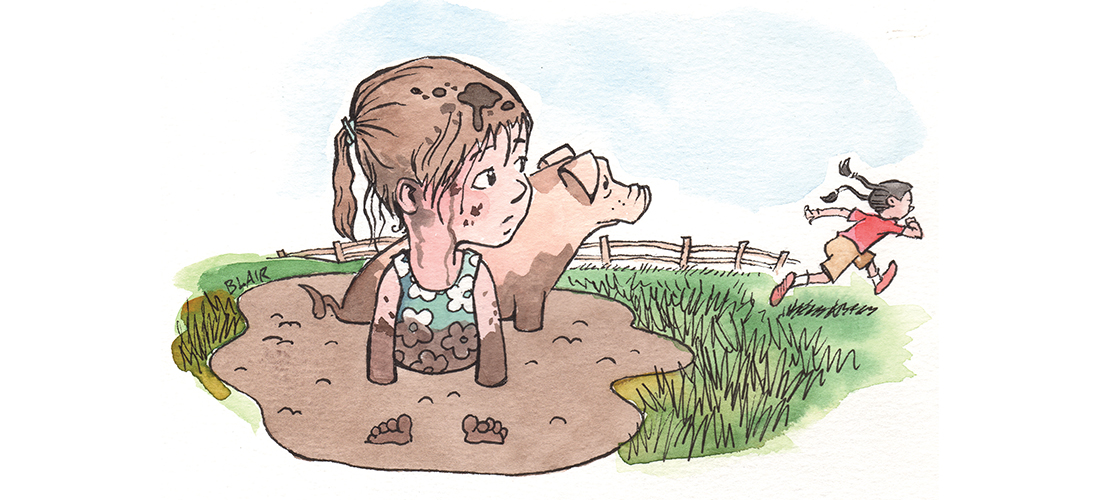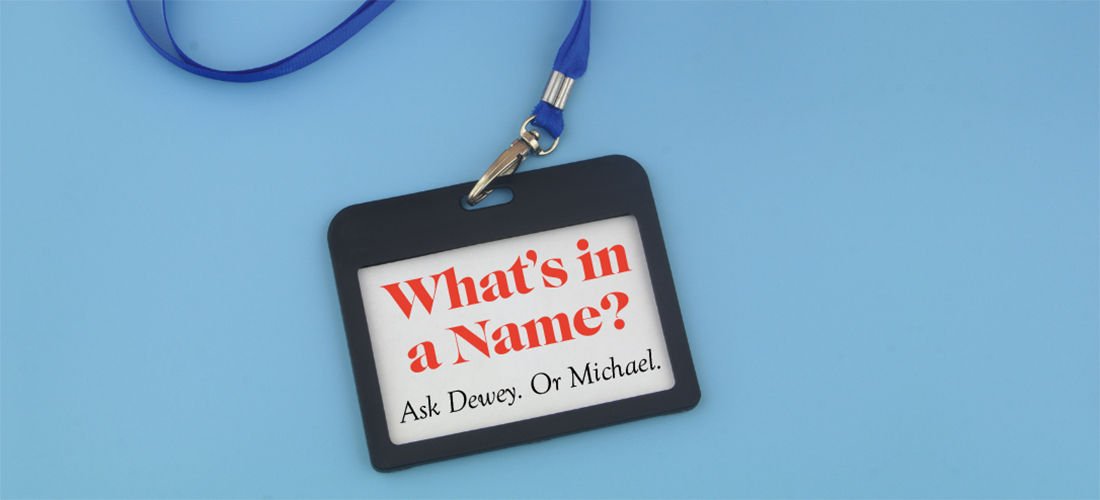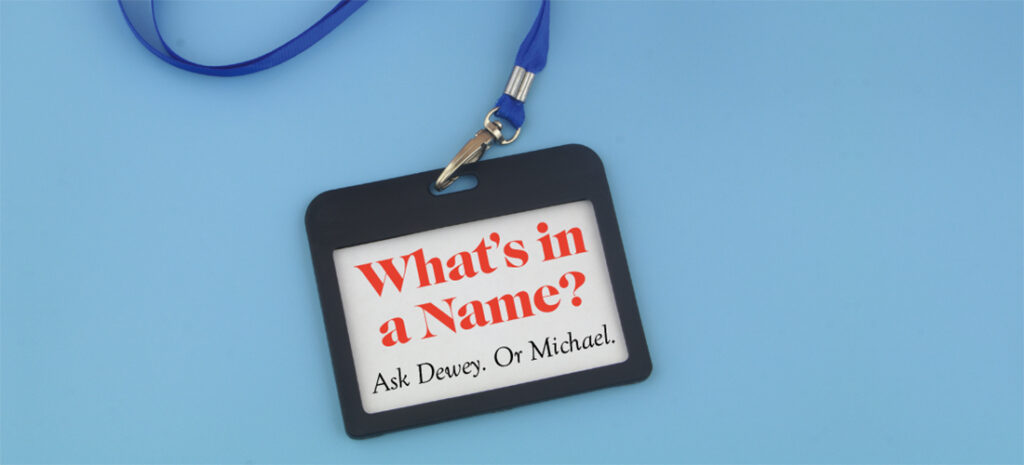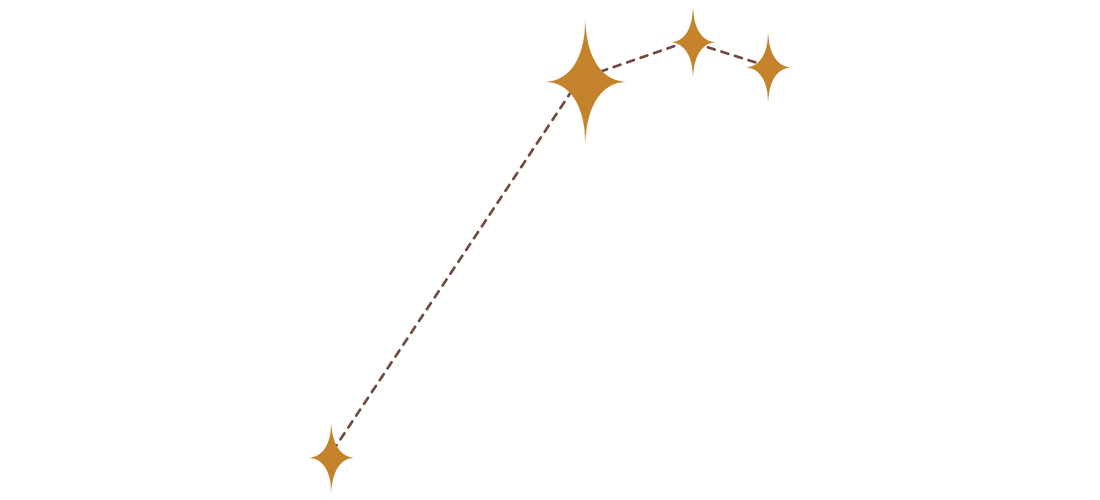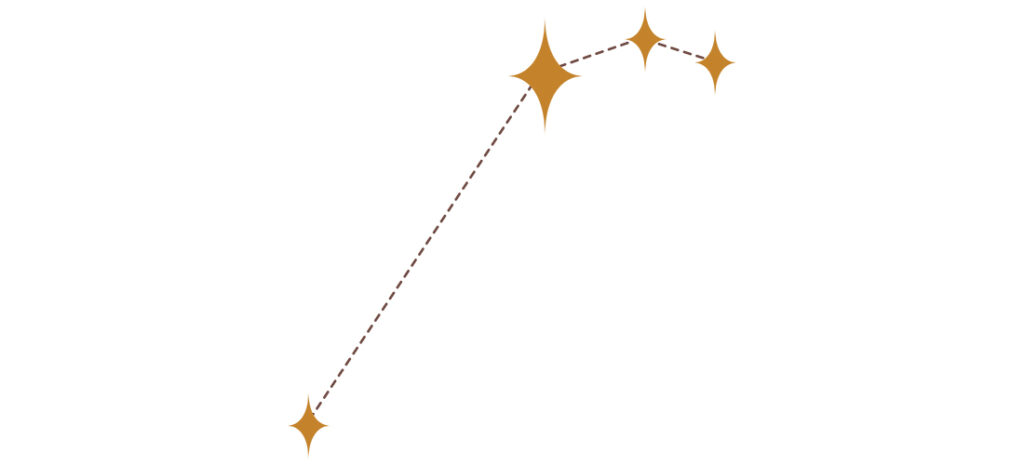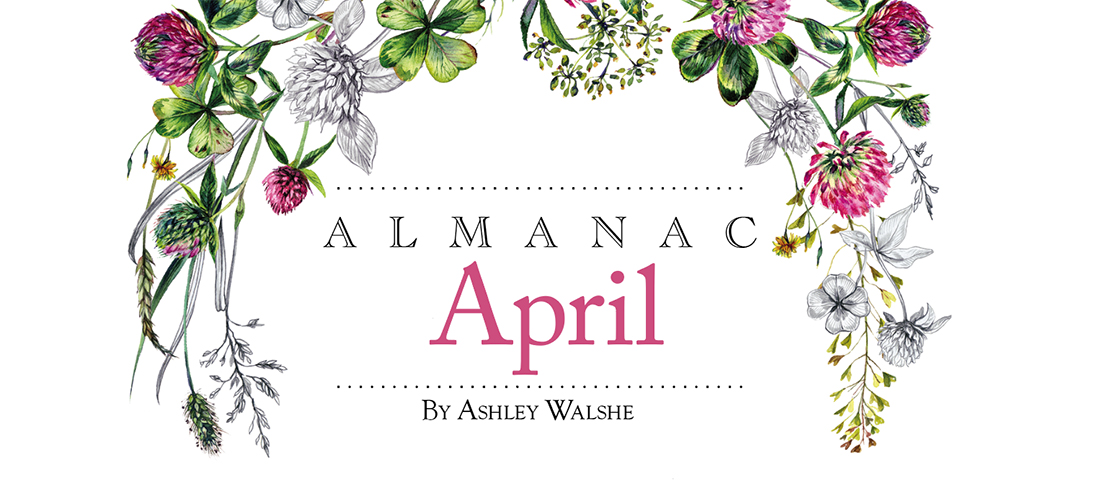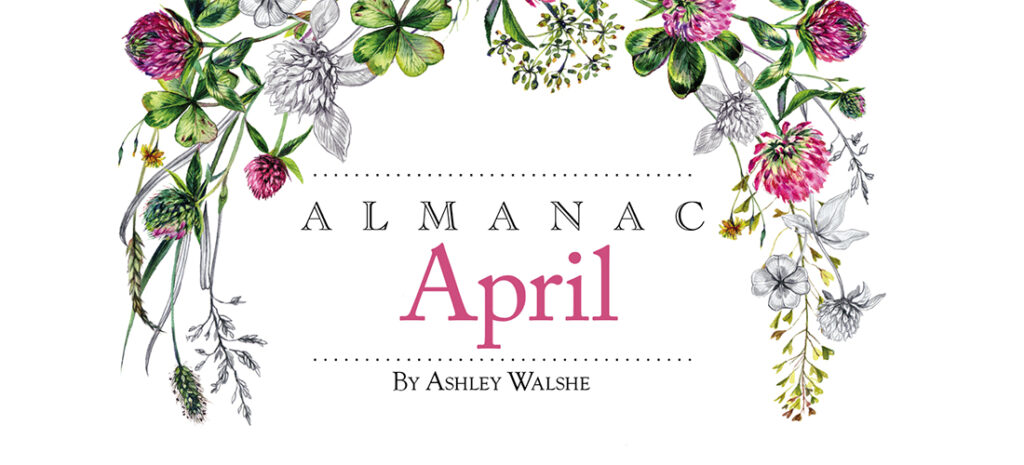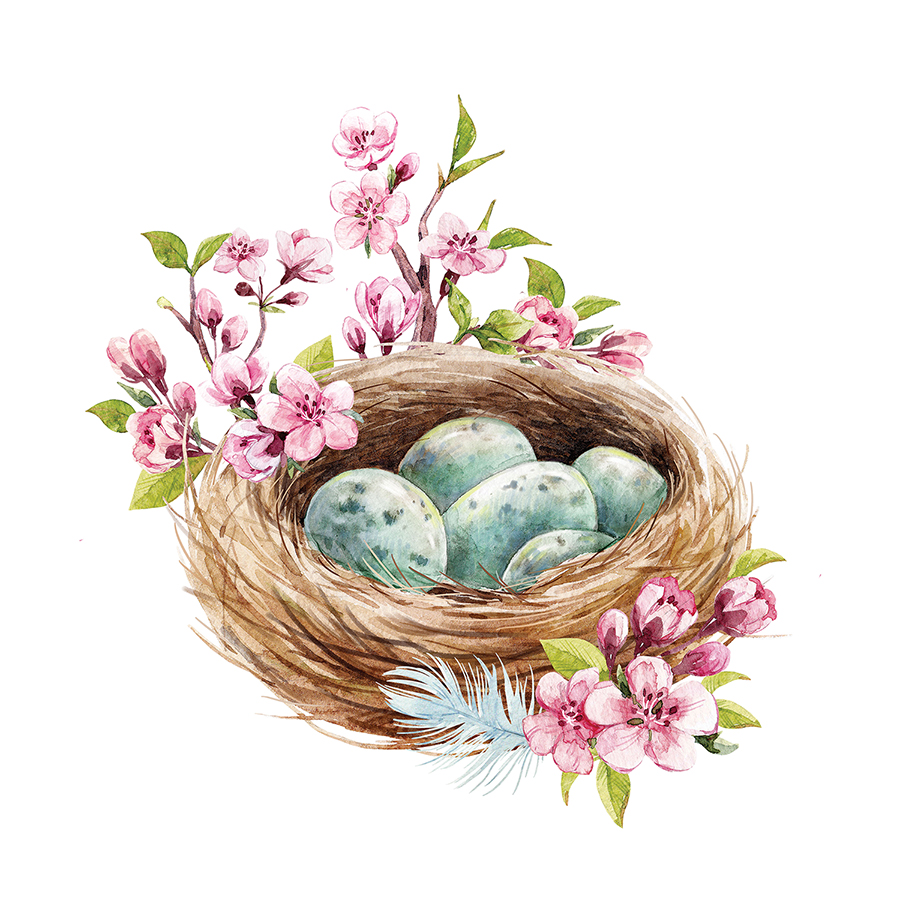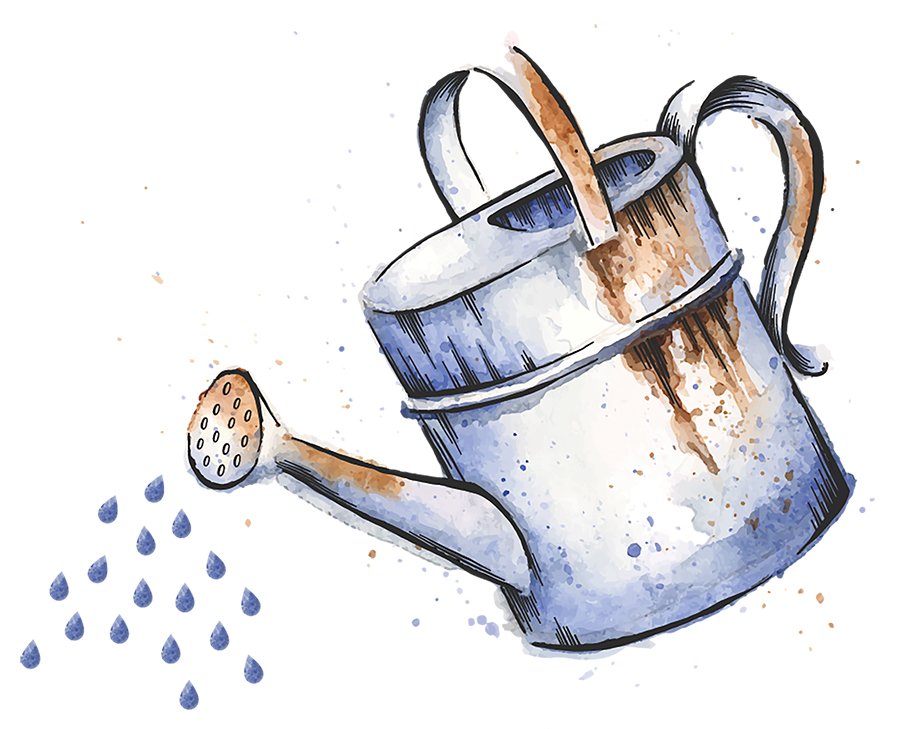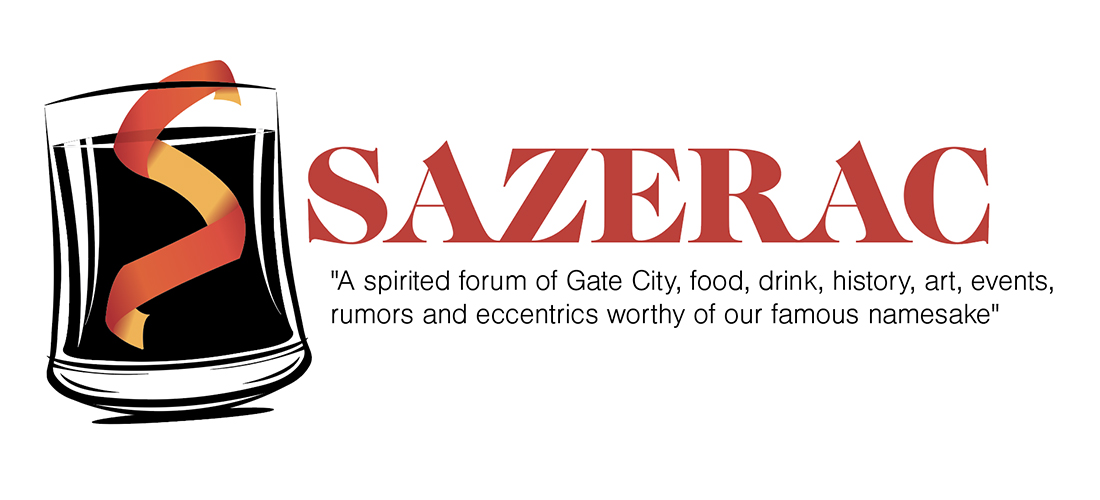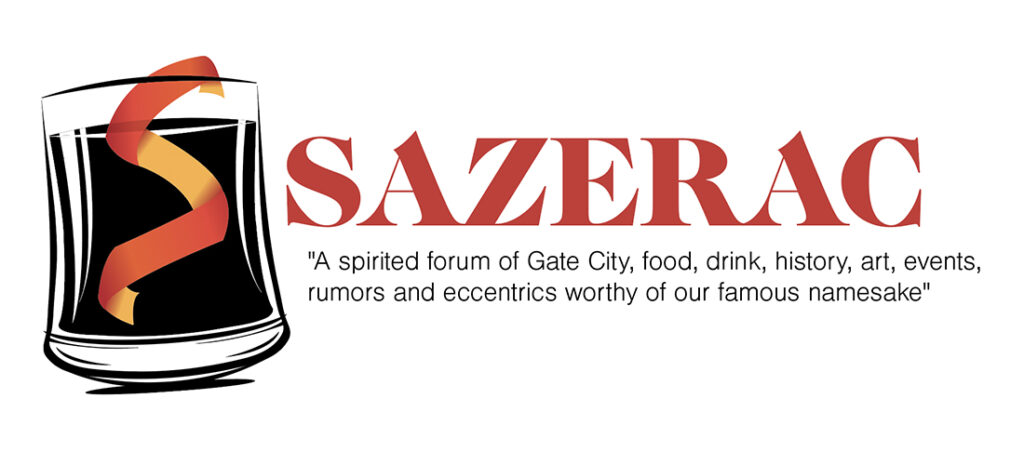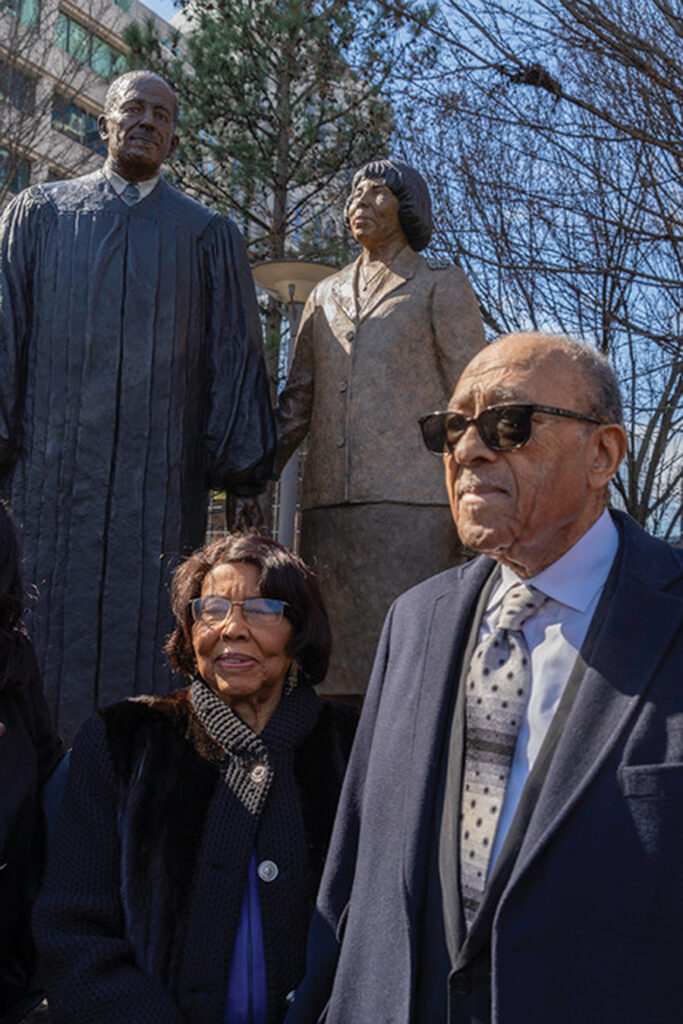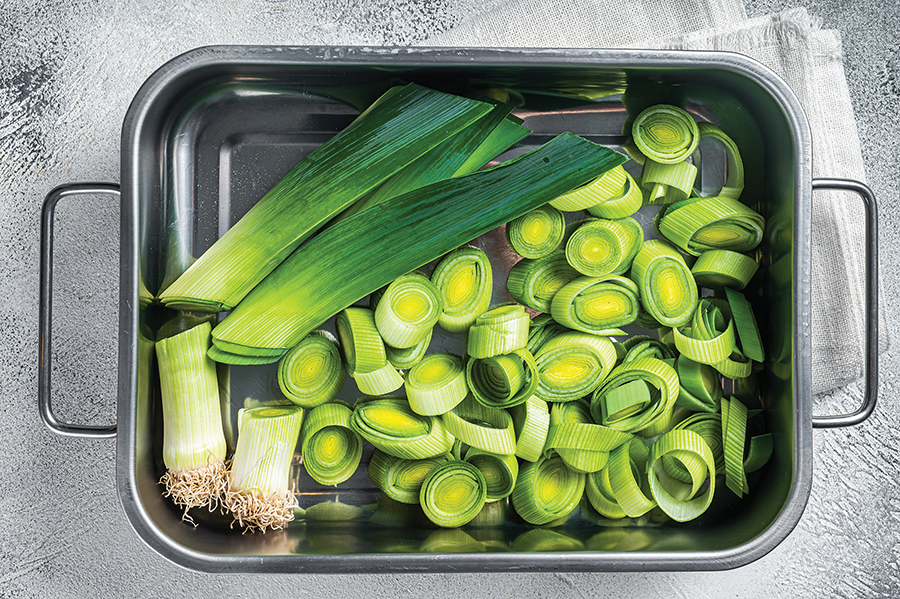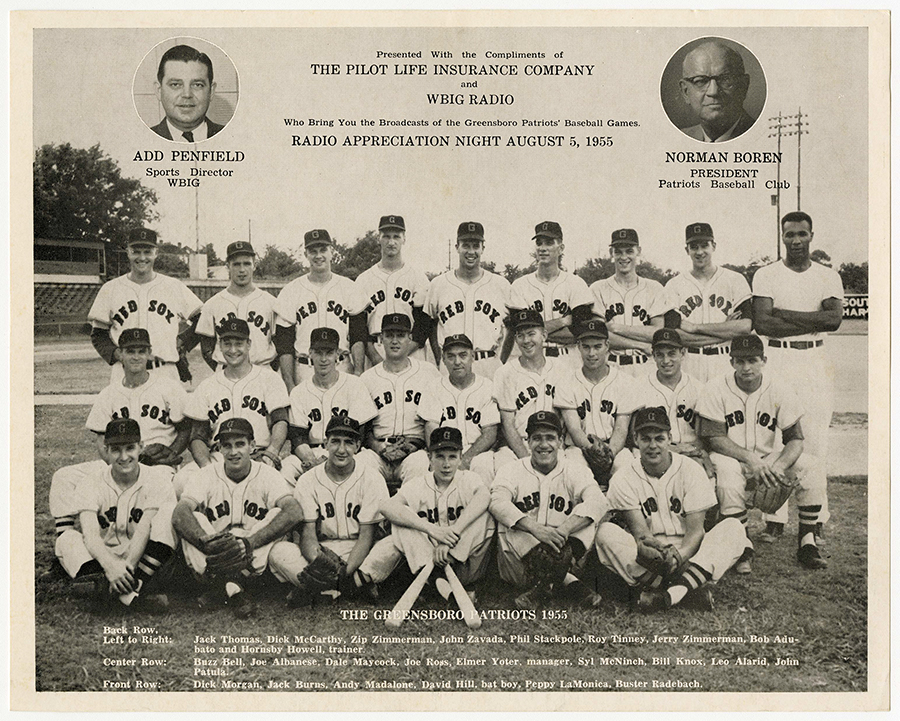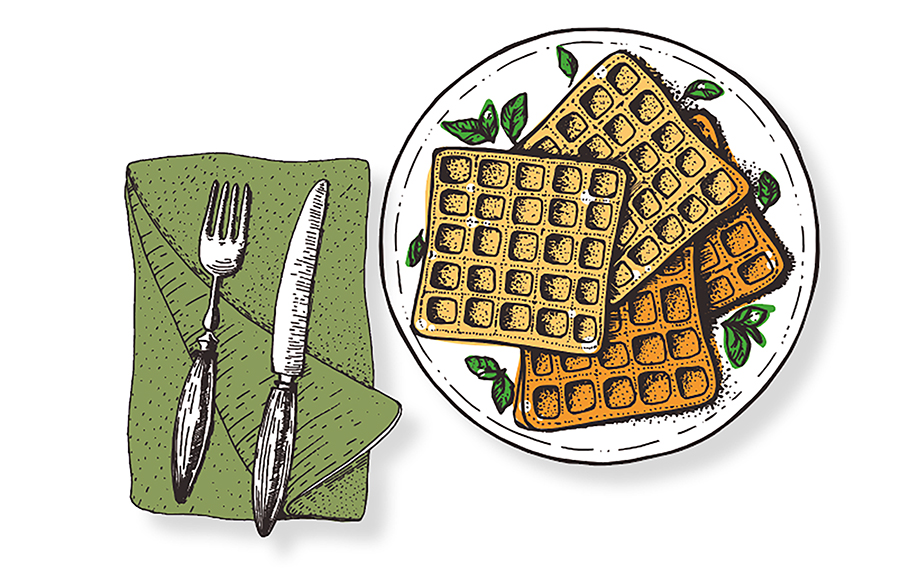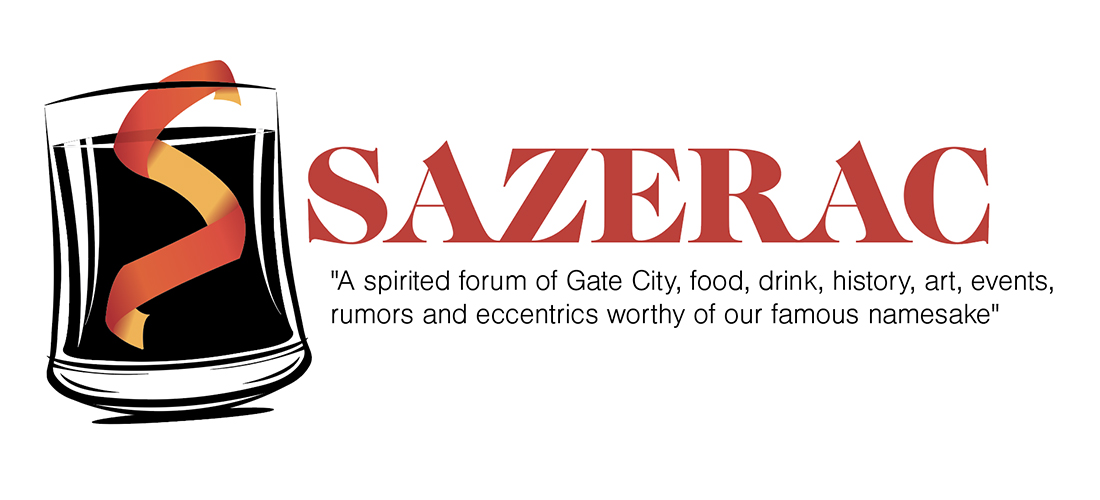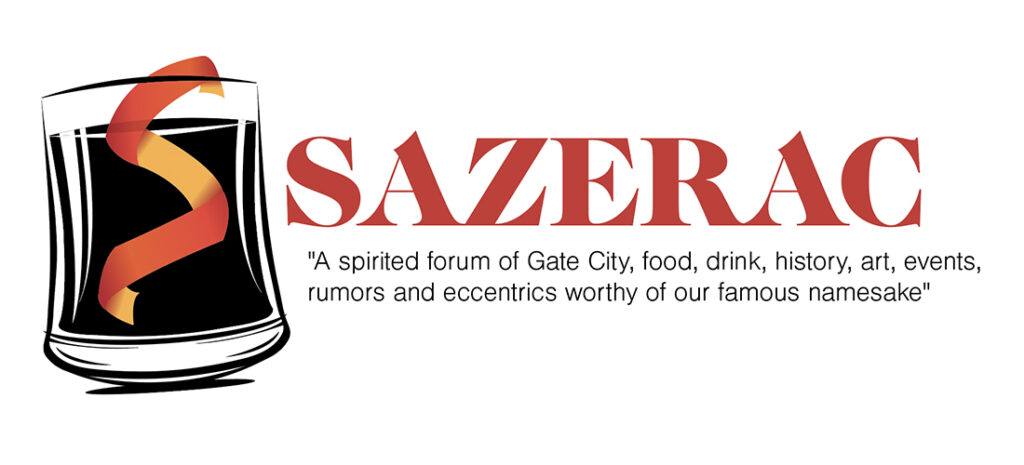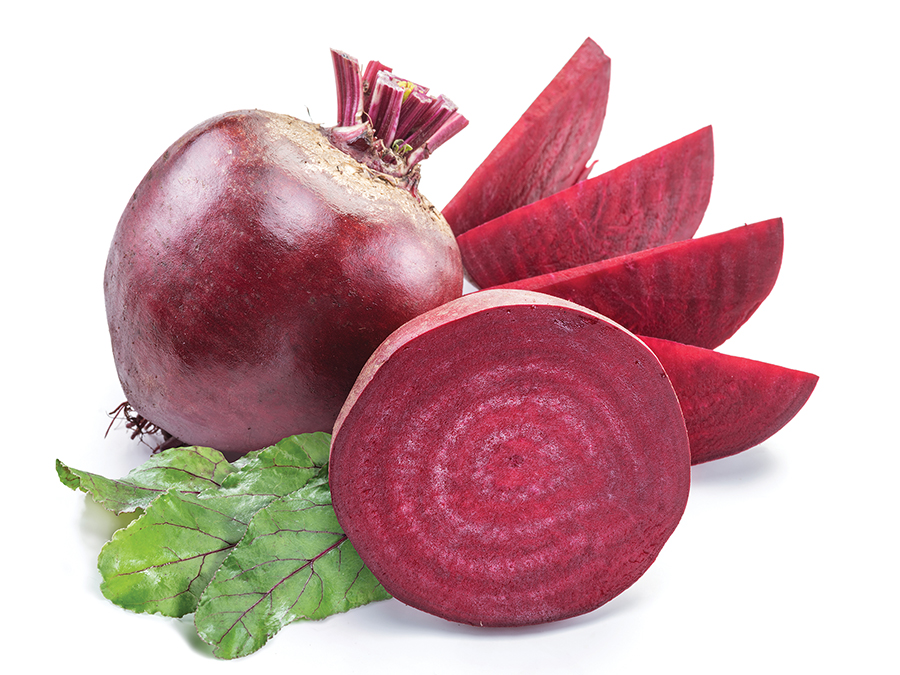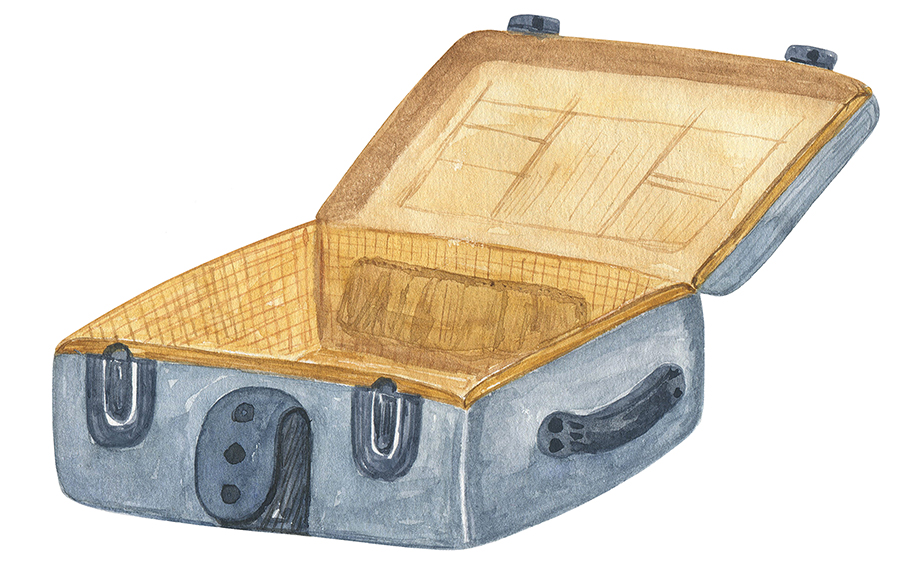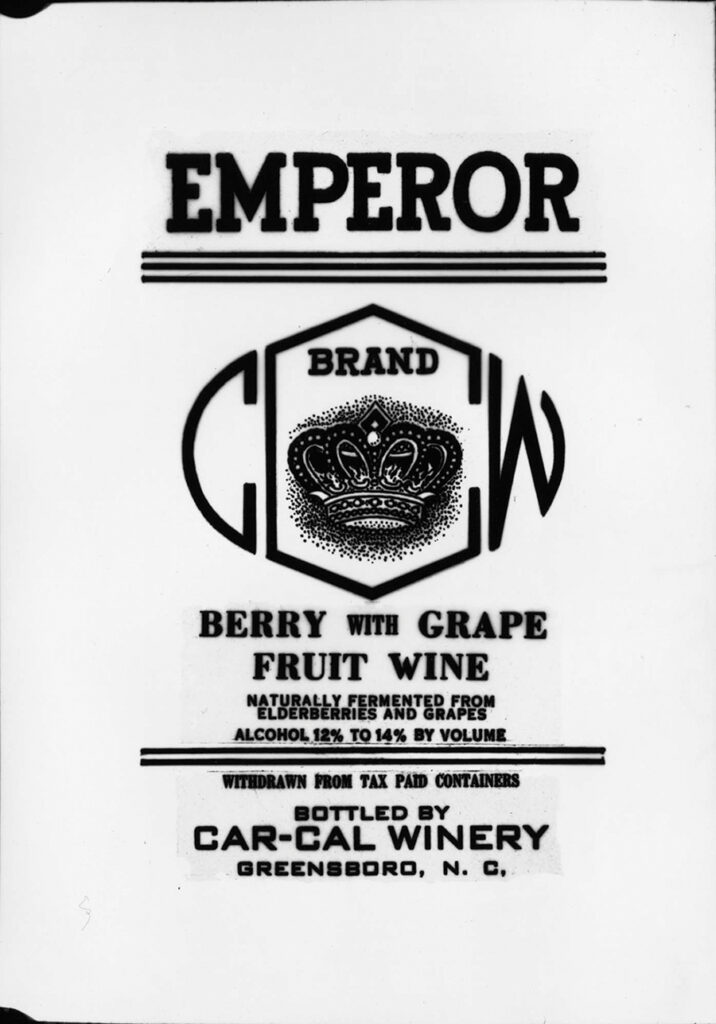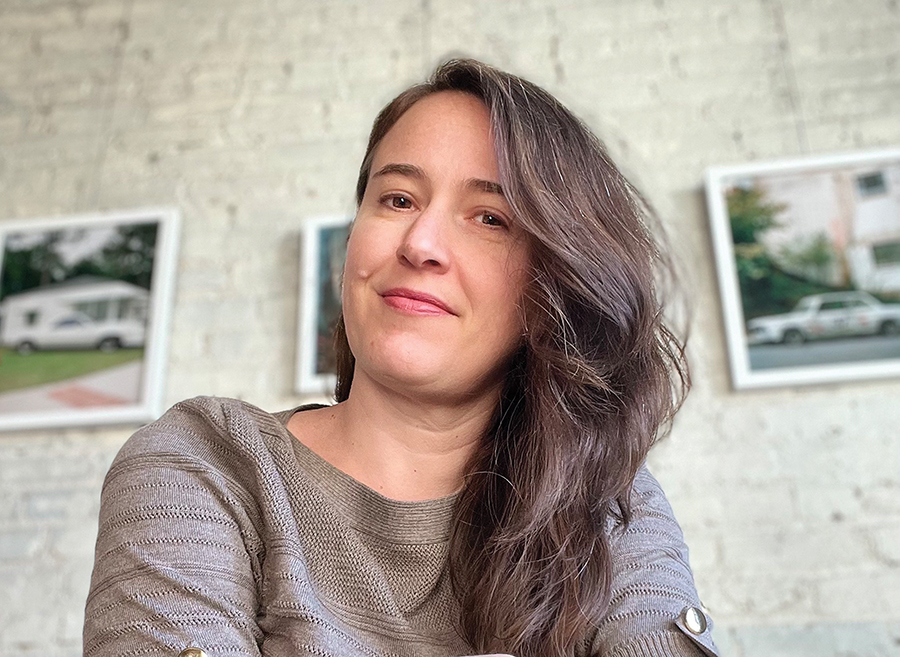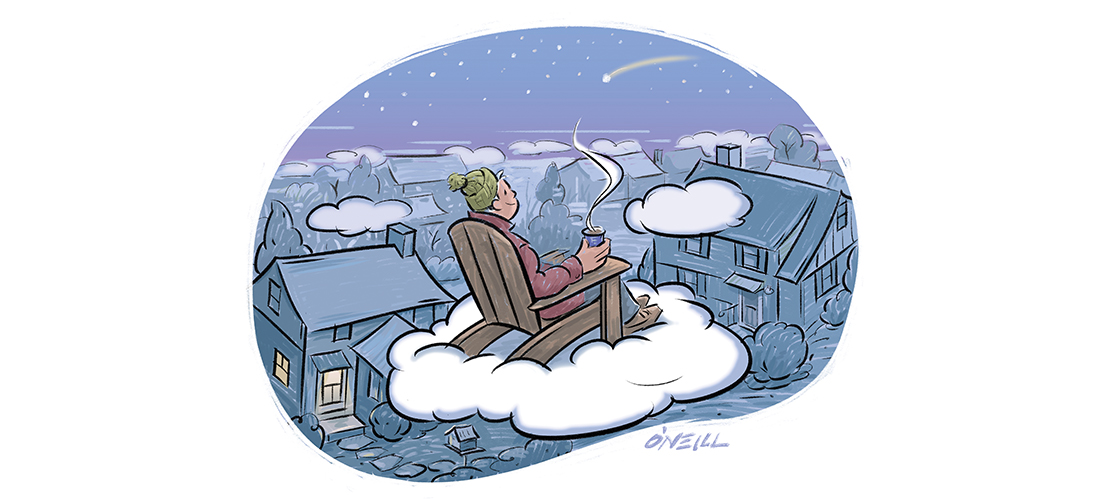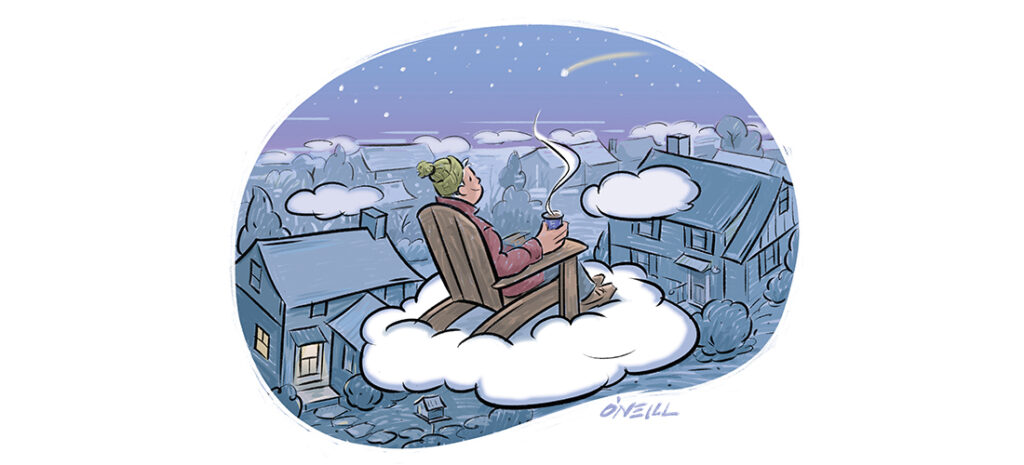O.Henry Ending
O.Henry Ending
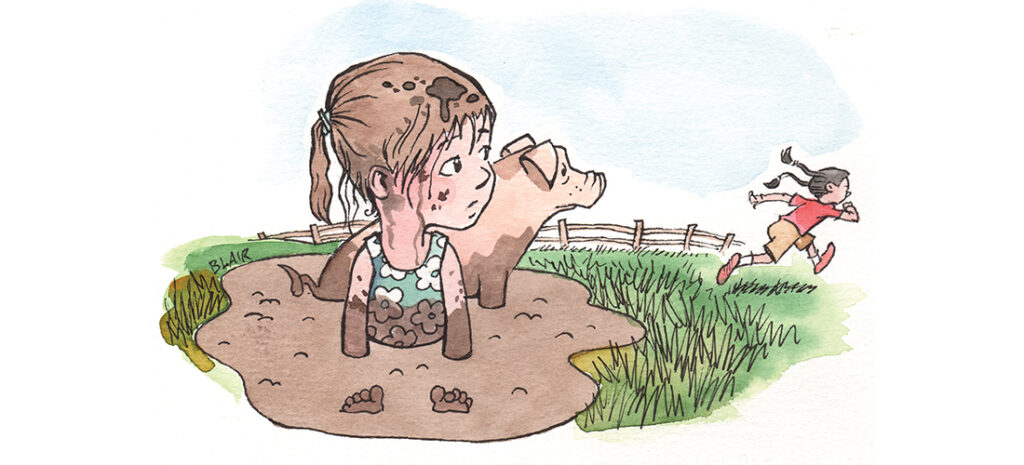
Hog Wild
…and happy as a pig in mud
By Cynthia Adams
Early life on a farm taught me this: Never get caught swimming with the hogs.
Especially wearing a brand-new swimsuit.
Hearing titters in a children’s shop, my folks pivoted from a rack of Easter dresses to discover me in the display window wearing a blue-and-white “swimming soup” taken straight off the mannequin. My father conceded. “Look, if she wants it that badly, I say we buy it.”
At age 4, that would be the last time I found a new bikini joyful.
Mind you, we had no swimming pool. My grandmother had a pond replete with water moccasins. Where snapping turtles tangled fishing lines. The best I could hope for was a sprinkler.
It was wonderful being a child on a small farm with goats, milk cow, horses and hogs. Our father raised Landrace hogs, which prolifically produced white piglets. Whenever a new litter was born, which was often, Daddy would take me to the barn to admire them, wriggling and pink beneath red heat lamps. I adored them long before discovering Charlotte’s Web.
With the first fine spring day, inspiration struck. Donning the new swimsuit and a tiny, cherished diamond birthstone ring, I headed straight for the hog pond. And sank right in.
The muck pleasantly sucked at my bare feet like a welcoming, living thing. My ponytail floated behind me as I joyously heaved handfuls of mud from the pliable pond, exultant.
As for the hogs? I knew them since birth as gentle, intelligent creatures, much like E. B. White’s Wilbur. They watched on as if to say, “See? See why we like it so much?”
At some point, my older sister, six years my senior, appeared at the pond’s edge wearing her cowgirl boots. “ARE YOU CRAZY?” she screamed. Seldom a tattletale, mine was a crime demanding to be reported. She shot away, black pigtails flying behind her, hollering, “MAMA!”
Before I could extract myself from the muck and broker a deal, Mama came running faster than I had ever witnessed. She was at the pond before I could fully balance, hair streaming, streaks of red mud dribbling down my chin.
Staining my brand-new swimsuit.
Confronting the spectacle before her, Mama shuddered, then glowered.
“Cynthia Anne! Get. Out. Of. The. Hog. Pond. NOW.”
As any child knows, Mama Justice requires no reading of rights; no legal representation, no cooling off period before judgement is rendered.
There are only two possibilities: Guilty as charged, or asleep.
I was marched to the spigot for a vigorous hosing down after stripping off my beloved swimsuit. (“Well, I hope you’re happy,” Mama seethed. “That’s ruined.”)
I remember being plunked into the white porcelain bath. She declared war on my skin and nails, doggedly persisting even after the muddied bath water ran clear.
Suddenly, with a sad shiver, I sneaked my right hand behind me: The suit wasn’t all that was lost.
Of course, Mama saw. “Cynthia Anne. Where’s your ring?”
Gone.
Her lips stretched into a disapproving line. “This is what happens when your Daddy spoils you.”
Afterward, an imposed bedroom confinement, meant for contemplating of crimes.
Later, the trooping before my father for a full confession. (A sympathetic smile flickered, but, once charged, even Daddy couldn’t overrule Mama Justice.)
There were my sister’s snickers to endure.
During my exile, springtime rains began, forming beguiling puddles in the graveled driveway. As if custom-made just for me.
I thought of my barnyard friends, free to abandon themselves to the embracing muck! How I longed to do the same.
Helpless against all that pleasure, a 4-year-old with the perfect outfit snuck out into the rain to claim the perfect puddle. OH

